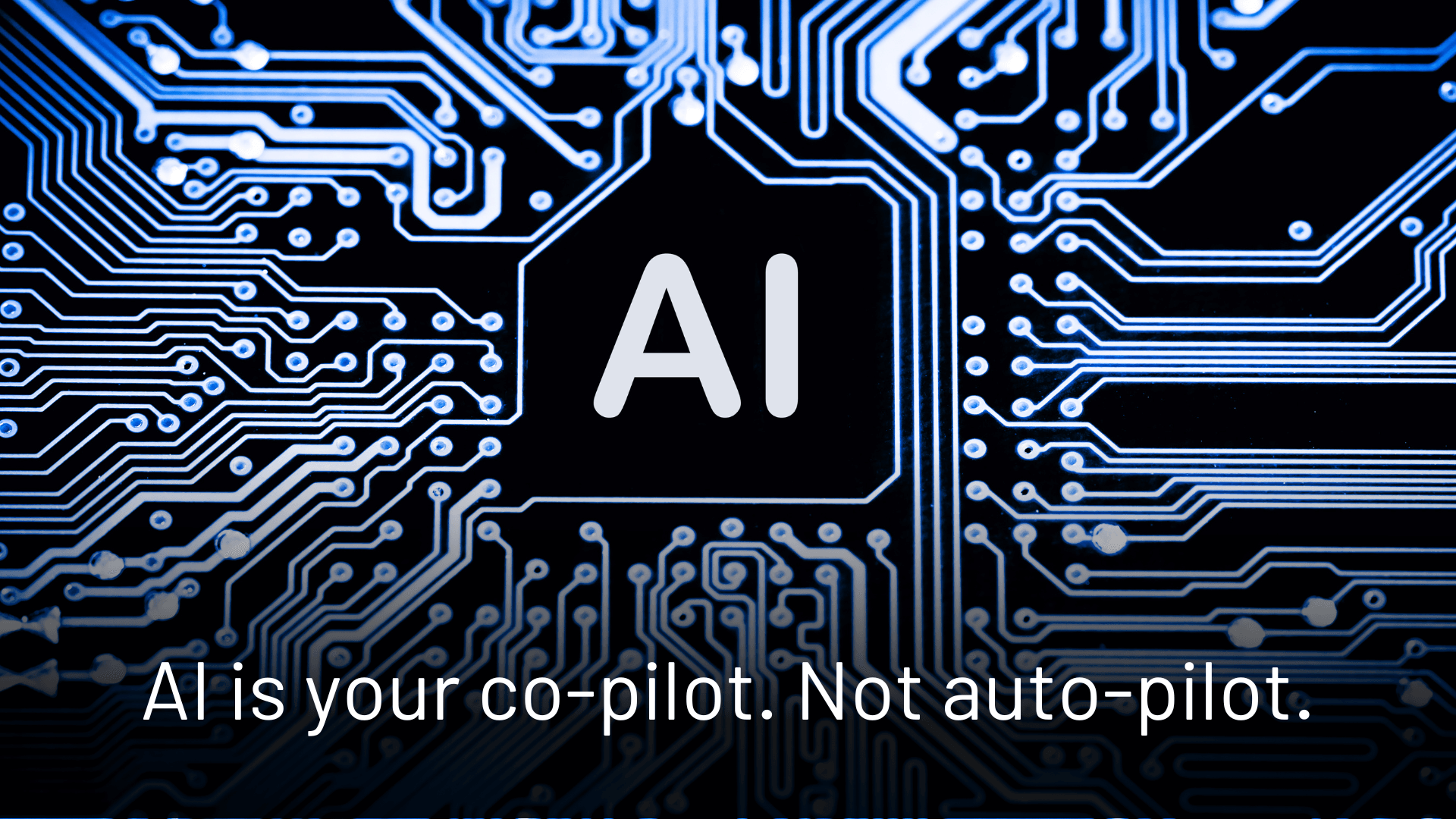Artificial intelligence shows great promise in helping providers save time and money
and enhance the quality of care. But…
by Joe Ferro, President, Calm Waters AI
You’re probably seeing article after article in healthcare publications about how artificial intelligence is revolutionizing healthcare—and how you can’t afford to be left behind.
The first part of that sentence is absolutely true: AI is already changing how healthcare is delivered and managed, from clinical applications to medical coding and even functions like clinician recruitment and retention.
The second part of the sentence is mostly true. AI shows great promise for streamlining workflows, improving efficiency, saving time for overworked (and overstressed) providers, reducing costs, and augmenting healthcare organizations’ ability to deliver outstanding care. All of those considerations are very important at a time when operational costs are rising, reimbursements are shrinking, and provider groups are dealing with a growing shortage of clinical staff.
There are also some important un-truths about AI in healthcare. The first and perhaps most pervasive is that AI solutions will take jobs from human staff members. AI’s real promise lies in making your people’s jobs easier and their work more productive.
The second myth is like the first: that artificial intelligence could ever BE a substitute for the human variety. It can’t—at least not if the AI actually works.
While AI offers a powerful tool, I don’t believe AI is the solution.
AI should be your co-pilot, not your auto-pilot.
Here’s an illustration of what I mean. In the dimension of healthcare technology that I inhabit—working to optimize accuracy and compliance in evaluation and management (E/M) coding—several products employing AI are available in the marketplace. Many of them are designed to streamline the process of medical coding and clinical documentation by relying heavily on large language models (LLMs). But even the most accurate LLMs are limited by the quality of human input they receive. LLM-based AI engines read clinical text. They can’t (yet) verify the adequacy or accuracy of providers’ documentation. Feed insufficient or incorrect medical decision-making information into an AI engine, and you’ll wind up with insufficient coding accuracy.
Unfortunately, when many people hear “AI,” they assume it’s a plug-and-play system. Flip a switch, turn it on, and let AI do the work.
But that’s not true. AI cannot achieve an optimal coding accuracy and compliance standard without a significant application of human intelligence.
The human dimension starts with “training the AI.” There is a learning process in all cases with AI coding and documentation programs. Humans have to “teach” the program how individual providers document so that it can accommodate itself to each user. They train the AI on how each provider group’s work flows with its patients.”
More human intervention is necessary to educate physicians in using “compliant language” to improve their documentation, which improves the output from AI.
Even after an AI-driven coding solution is up and running, humans need to continually audit a subset of claims to ensure that the results remain accurate. When an AI system generates E/M levels for a patient encounter, physicians, not machines, should have final review over changes to the E/M leveling logic and be able to override any recommendations from the AI with which they disagree.
Artificial intelligence alone is not enough. However, when coupled with human intelligence, AI can be a powerful tool for enhancing coding accuracy and compliance, reducing audit risk, and accelerating the revenue cycle. It also enables provider groups to better utilize their human coding resources to concentrate on more complex, unstructured coding procedures and visits.
Joe Ferro is President of Calm Waters AI.
Ready to enhance revenue cycle performance and help ensure that providers’ documentation is complete and “bulletproof” before it leaves their desktops? View a demo of Calm Waters AI and learn more about our documentation improvement services with ChartPal.

